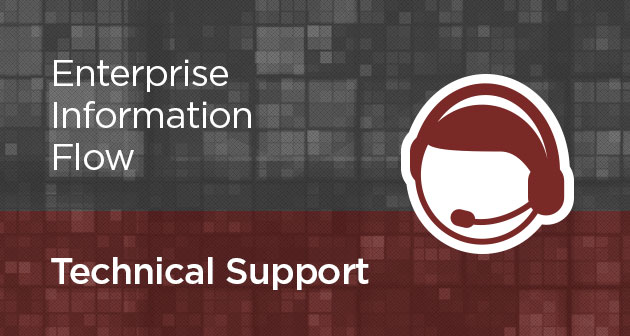
Today, we have arrived at the last topic we would like to discuss regarding Enterprise Information Flow. We’ll go over the technical support and infrastructure requirements of this approach to information management.
What does the successful implementation of Enterprise Information Flow require?
- Your system must be ready to cope with massive loads of information. In some cases, the amount of processed data can be even bigger than the original data set (especially when it is necessary to amend the set with new attributes or even fields).
- The system must be very open. It should be easy to connect new technologies, data types, data attributes, algorithms, transformation types and analyses.
- The system must be ready for easy automation of all tasks, especially attribute changes and transformations.
- The system should support ad-hoc analyses.
- All the analyses should be finished within a reasonable time period.
- The system needs to present all information and analysis reports in formats ready for further processing and also in user-friendly environments.
- Security should be the priority. The system must be set to a carefully balanced compromise between high levels of actual data security and easy flow of all information within the system.
Implementing all these measures can be tricky, especially in environments with a lot of different technologies. And that is, quite frankly, pretty much every environment our BI and data warehouse professionals come across.
For more details on specific Enterprise Information Flow topics, we recommend reading our previous articles about Data Quality and the Chief Data Officer.
Feel free to send us any feedback via email or using the form on your right. You can also follow us on Twitter!